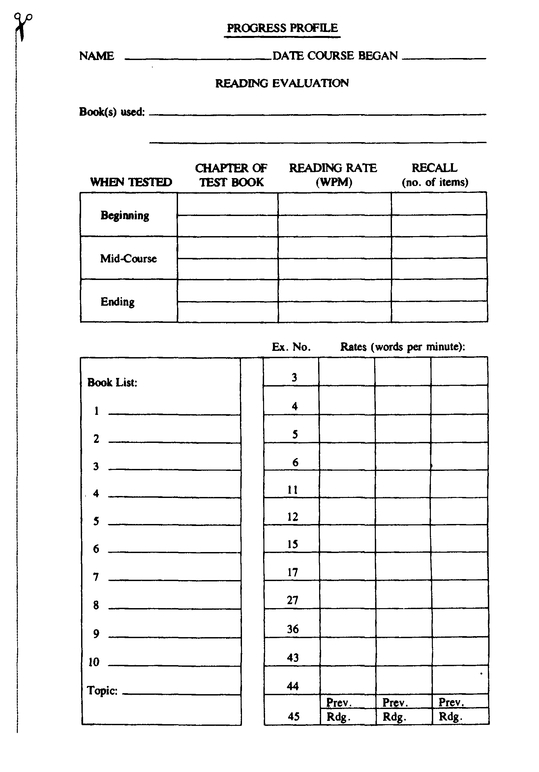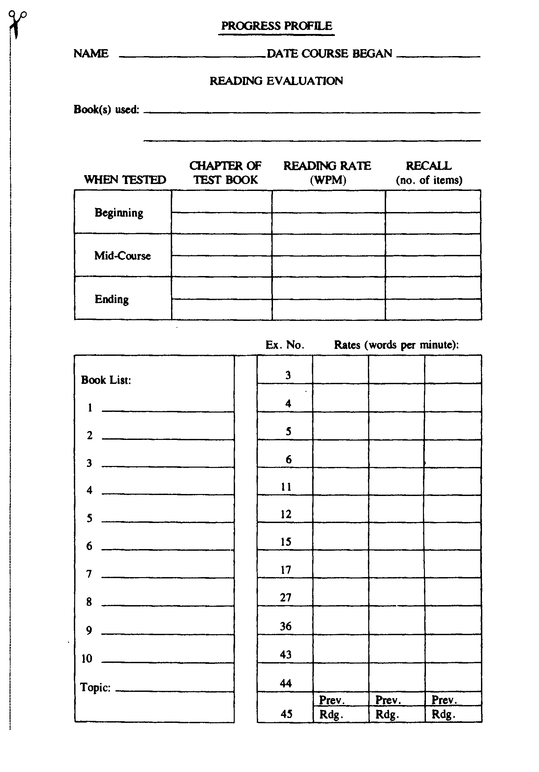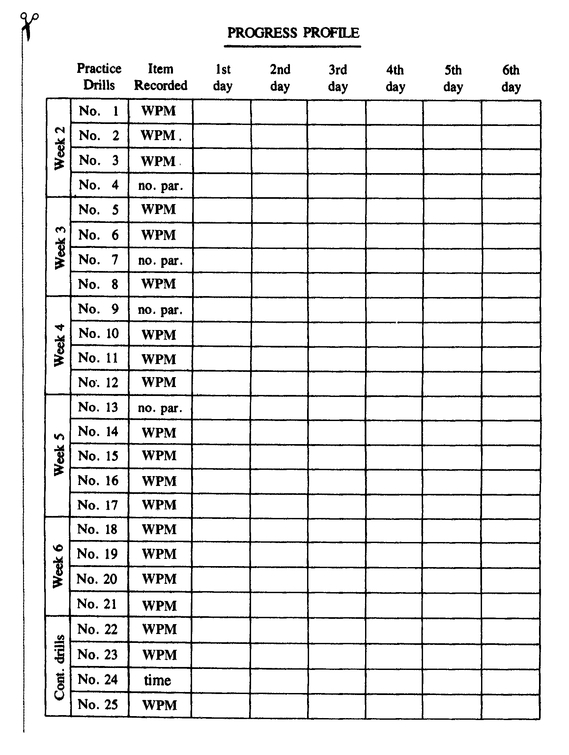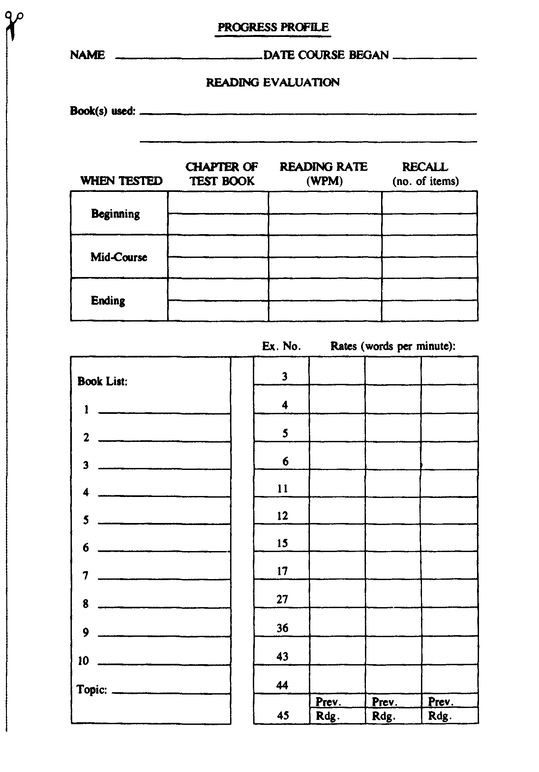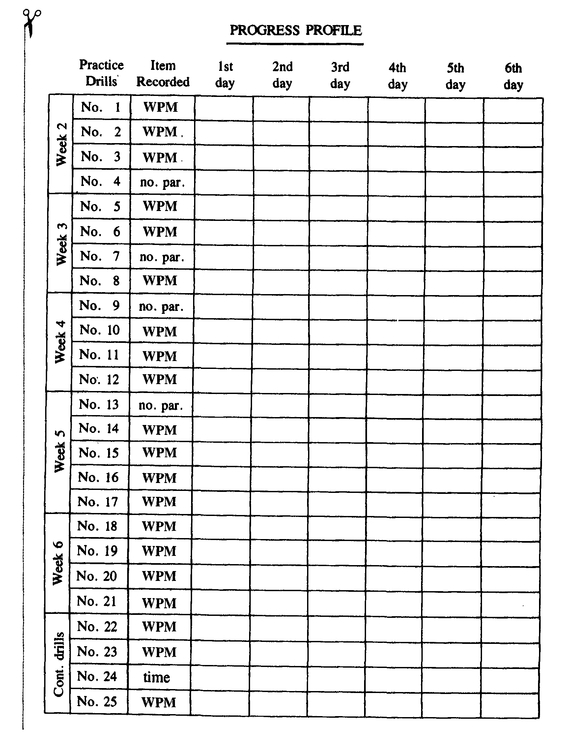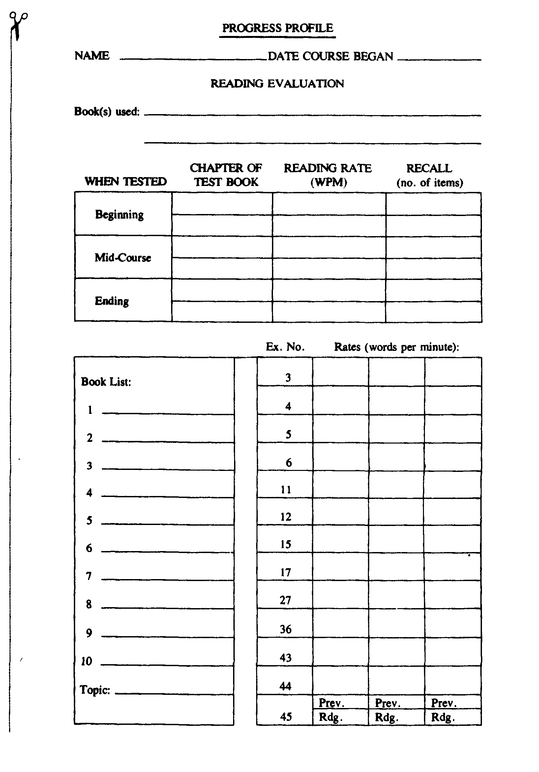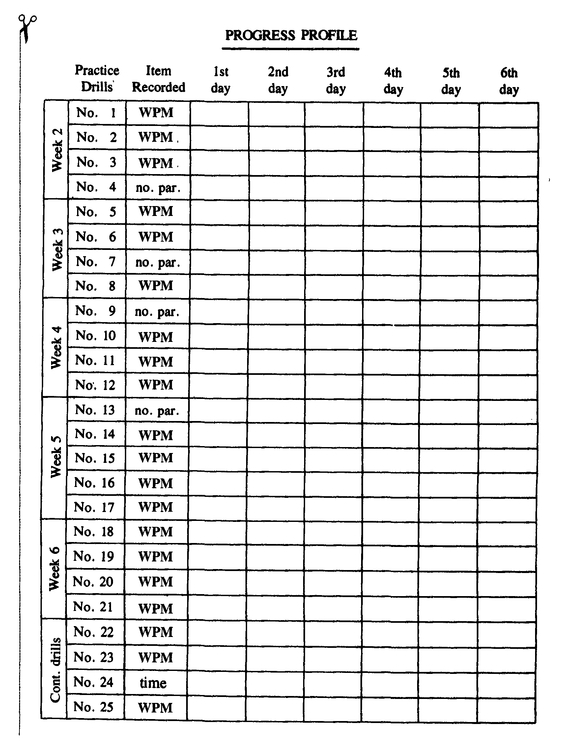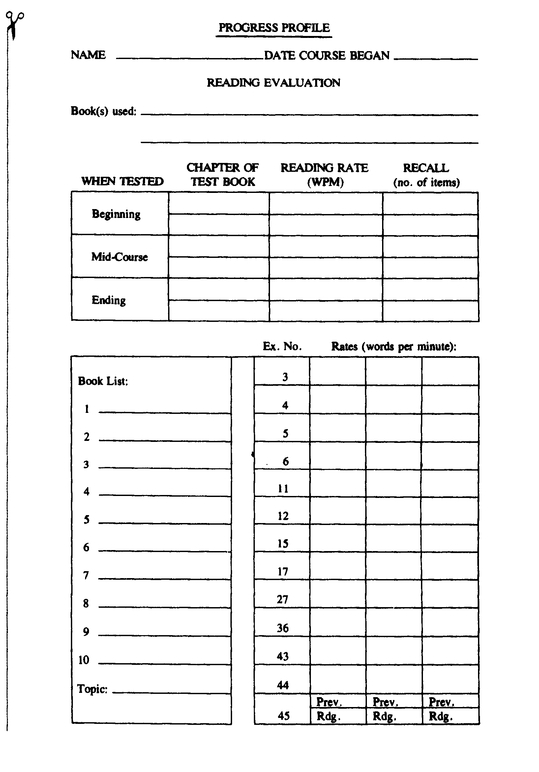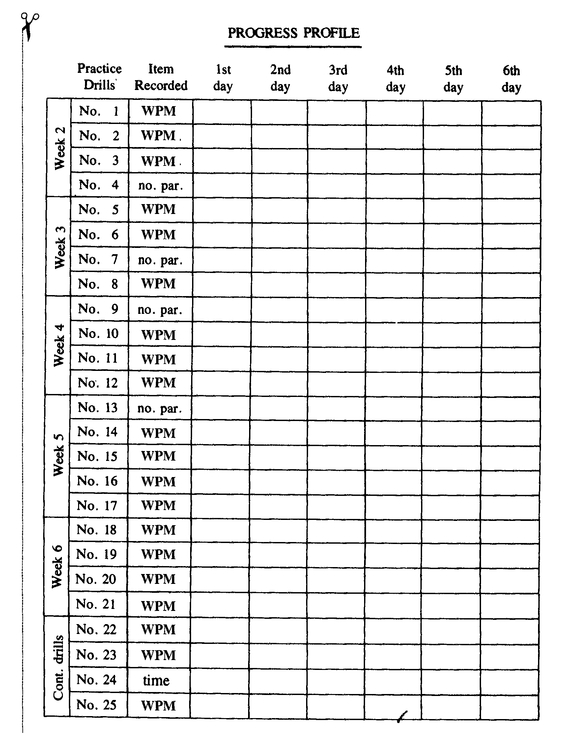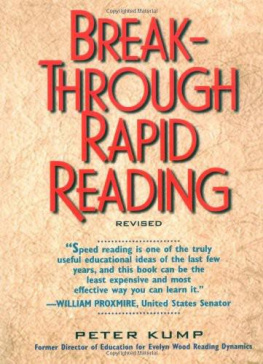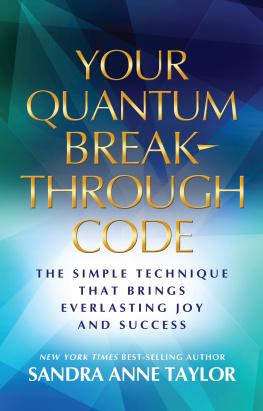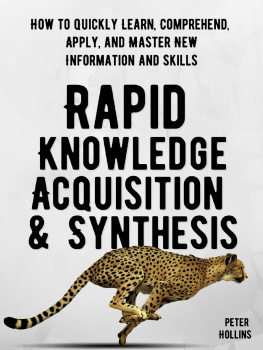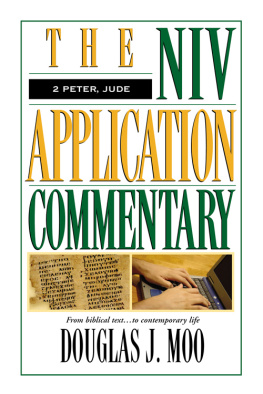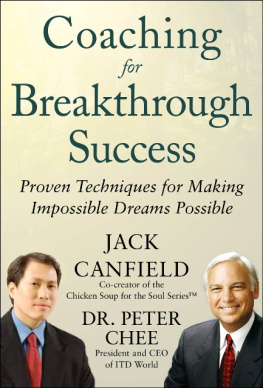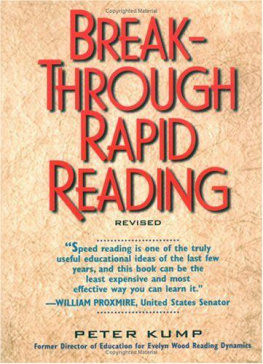ACKNOWLEDGMENTS
Thanks first and foremost to all of my students from whom Ive learned so much ... to Thurston Smith, my teacher, who got me so very excited about the course ... to Dr. Harry Wachs who gave me the first opportunity to teach rapid reading and develop my own techniques ... to Pat Cafferata who gave the first sensible answers to many of my questions ... to George Webster who hired me to open the Pittsburgh Reading Dynamics Institute ... to Adele Rosenstein, my first trainer ... to Karen Riedel who assisted me in developing new ideas and techniques ... to Connie Fisher for her supportive advice ... to the teachers of the Pittsburgh and New York Institutes who so ably put up with my experiments ... to Chip Chapin who gave me many opportunities to expand ... to Dan Theodocion who selected me to teach the White House Staff ... to Lori Mammen, my able companion at the New York Institute ... to Charles Durakis who gave me an opportunity to work much more closely with Evelyn Wood ... to Martha White, Vicki Morgan, and Charlotte Speaking Taucz who endlessly typed so many of the books and manuals ... to Georgie Reynolds who typed and assisted and continued on even after she took another job in despair ... to Mary Gussman who collaborated with me on making the training films and writing one of the course manuals ... to Verla Nielsen, who offered such good support in Salt Lake City ... and to the many friends at Reading Dynamics including Judy Loughman, Marianne Hayes, Bob Boles, Pat Lynch, Hilda Takeyama, Bernie Kelly, Max Cohen, John Kilgo, Art Kramer, Lou Kohn, Doug Hall, Revetta Young, Lockwood Smith, Margaret Walsh, and many, many more including the hundreds of teachers I worked with and trained over the years.
Special thanks with work on this book goes to Jo Guttadauro who has assisted me for many different years in many different projects, to David Ross for his invaluable counsel, to my parents who made Schloss Matzen available, where most of this book was peacefully written, also to Denny Modiglian, Arthur Abelman, Margaret Paull, and Janet Cohn. Illustrations are by Carlos Madrid.
SAVE TIME BY STARTING TODAY
People often say that they need a course in rapid reading but they dont have time to take it because of the great amount of reading they already have to do. From the morning newspaper, to combing through endless e-mails, many of us are drowning in information. If too much reading is keeping you from becoming a rapid reader, then maybe you should reconsider. Although initial practice may entail extra time the first or second week, within two weeks you should be reading fast enough to practice not only rapid reading but to read or study your required materials as well. So if you dont have the time to do both, then now is the time to learn this time-saving skill.
Learning the skills of efficient reading is relatively simple. Just read one chapter of this book at a time, doing the short exercises before going on to the next chapter. This will average about twenty minutes per session, often less time than that. After the first six lessons, you will find a special section of drills. These are to be done daily while you are completing the next six lessons. The time you spend on the drills can be varied according to how fast you wish to improve your skills. There are six groups of six lessons, each with its own set of drills.
The first week will go very quickly. Youll learn a few things about fast reading, then youll test your present ability, and youll learn how to immediately begin improving your reading rate. By the end of this week youll be reading at least 10 percent faster, perhaps much more. Of course as you learn to read faster, youll go faster through this book as well.
RAPID READING IS A SKILL
Rapid reading is not a difficult skill to learn. Most of the learning we do as adults is considered conceptual learning that is quite different from developing a skill. Conceptual learning is mainly a process of developing an understanding of the subject and can often be done through listening or reading. This is primarily intellectual. In developing a skill, there is also an understanding, but this understanding must be coupled with the practice of what you are learning. Sometimes you must practice without an intellectual understanding because that comes only when you can do it.
There is another difference between learning conceptual subjects and developing a skill. Learning conceptual subjects can sometimes be done very rapidly, especially for adults. But learning a skill, certainly a complex one such as reading, is rarely something that can be acquired immediately. You must master each aspect of the skill before going on to the next. Reading through this book in one evening and just understanding it will not suffice.
SUCCESSFUL SKILL LEARNING
In learning new skills, it is generally best to practice a little bit every day. If you try to learn it all at once you may wind up understanding how it is done but not be able to do it very well. To get the most out of this book and to progress most rapidly I suggest that you plan to finish one chapter at a time, ideally one chapter a day.
It is often difficult to get started learning a new skill. One tends to put it off until later in the day, especially when youre first learning it. A definite time each day is imperative. Mornings are usually best because things have a way of getting put off in the evenings. Before you begin to learn rapid reading decide how much time you can devote to it each day. If you make it a part of your daily routine, then you will find yourself progressing very quickly.
A SENIOR STUDENT MAKES IT
Arthur, one of my older students, was a recently retired senior partner of one of Wall Streets most respected brokerage firms. A Yale graduate, this determined individual had decided upon retirement he would take up his education and personal development with the same planning and vigor he had given to his career. He felt that a good reading course would be an excellent beginning and he plunged in with the vitality and optimism of a person one-third his age.
